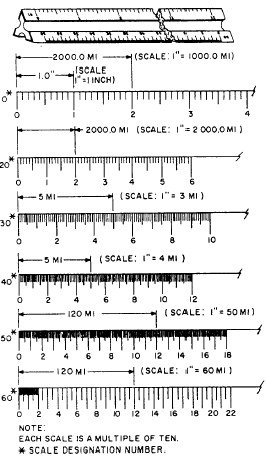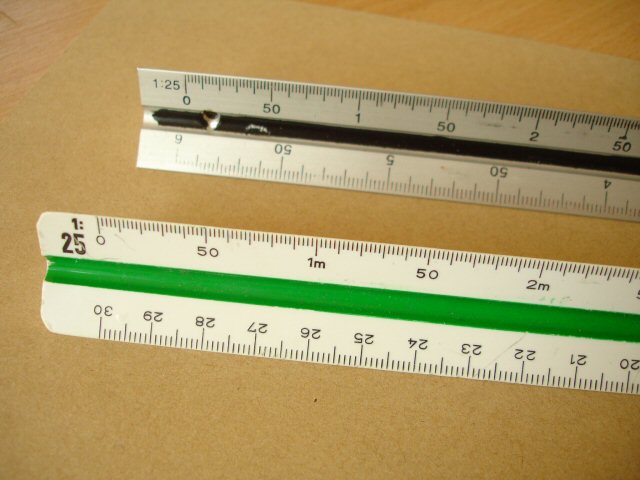
They deal with centimeters, millimeters inches. They can be almost the same, the metric feet are typically only about 1.5% bigger. How Do You Convert Board Feet To Metric Board Feet? Because there's eight figures in that number, the seven 'significant'. How do you round 12.783 456 to 7 significant figures? The marks on an English ruler may or may not be decimals. The numbers on a metric ruler are already decimals.
#How to use a metric scale ruler for mm how to
I Need To Know How To Read A Ruler And Convert Them Into Decimals? These units include.ġ United States ton is exactly 2000 pounds, or 907.1848 kilograms. Imperial/Customary scales are completely different and usually 'bury. If a room is supposed to be 6 m long, write it as 6000 mm, then divide by 50 to get its length on the plan, 120 mm. A scale of 1:50 means 50 units on the real life project is represented by 1 of the same unit on the plan or drawing. Over a long period of time, many different units have been used to measure energy. The ITP can be used to compare lengths and the perimeters of shapes and to support children’s understanding of scale. In metric drawings, scale is dimensionless. How Do You Measure Energy In The Metric System? I have found a picture for you which shows a metric measuring tape. The rulers are mainly divided into inches, centimeters and millimeters. The inches are divided into halves, fourths. The Greek Mathematician Eratosthenes figured out how to solve the question how many prime numbers are.Īsk A Question About How To Read Ruler Measurements?Ī ruler is generally 12 inches long or one foot in length. How Do You Figure Out How Many Prime Numbers Are From 1 To 100? It is not uncommon to find that two rulers made to primary school standards differ by more than 1 mm over their length of less than 1 m. These, too, depend on a number of factors, including the material the ruler is made of, temperature and humidity, force used to hold the ruler in place, whether the measurement is longer than the ruler, initial calibration accuracy of the ruler, etc. Once you start trying to make measurements of 3 or 4 or more significant figures, accuracy and repeatability issues come into play. How many significant figures that might represent depends on the size of the measurement being made. For a ruler graduated in mm, that would be to the nearest. Unless a vernier or magnifying glass is involved, you can usually use a ruler to measure to a resolution that is half of the smallest marked interval on the ruler. If you are making a kilometer measurement using a "ruler" graduated in millimeters, perhaps 6 or 7 significant figures (see below about accuracy). If you are making a millimeter measurement using a ruler graduated in millimeters, perhaps 1 or 2 significant figures. Measurement issues apply to rulers in any measurement system, not just metric. The following comments apply to the usual household rulers and tape measures less than 50 m long. To view a selection of 'Imprinted' Architect's 6" to 24" Rulers, please click here.It depends. To view a selection of 'Imprinted' Architect's 6" Pocket Rulers, please click here. To view a selection of Modeler's scales, please click here.

To view a selection of Architect's scales, please click here. This procedure seems somewhat cumbersome, however once you have mastered it and understand it's principle, you will be quickly and easily converting scale drawings to real measurements with no math involved. Take the reading from this part of the scale (depending on the scale this may be graduated smaller or larger than 1") and add this number to the whole feet you mentally noted earlier.


Now if you go back to the zero end of the scale the fractional feet to be measured will be represented by the distance of the start point of the object being measured to the zero point on the scale. Then slide the ruler so that the number you noted mentally lines up with the end of the item being measured. This number represents the whole feet of the item you are measuring.

Mentally note this number and be sure to 'round down' even if you are close to the next number. Read the number off the scale that is closest to the ending point of the item measured. Line up the zero mark on the scale selected with the beginning of the item you wish to measure, then determine at what point on the scale the end of the item you wish to measure is. One scale reads left to right and the other right to left. Be careful when selecting the scale on the ruler, there are two scales on each edge. This would represent a drawing with a scale of 1/8" = 1 foot. For example, 1/8 on the ruler is in fact a scale that converts 1/8 inch on the drawing to 1 foot. Once the scale of the drawing has been ascertained, select the correct scale on the ruler. Most architectural, construction and engineering drawings and blueprints are scaled to allow for large areas, structures or items to conveniently fit on a reasonable size of paper.īefore using an architect's scale or ruler, it is important to know the scale of the drawing or item that is being measured. An Architect's or scale ruler is designed for use in determining the actual dimensions of a distance on a scaled drawing.


 0 kommentar(er)
0 kommentar(er)
